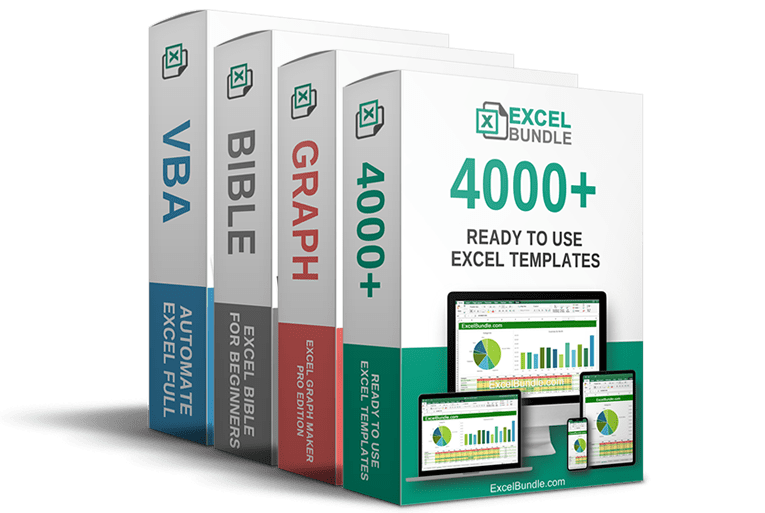50% OFF – Offer valid only today: , ,

Excel, the world-class spreadsheet program from Microsoft, is packed with powerful features that can help users manipulate and analyze data in countless ways. In this article, we will examine two important Excel functions – CONCAT and TEXTJOIN. More importantly, we will explore the differences between the two, their unique advantages, and how to choose which one to use.
The CONCAT and TEXTJOIN functions are valuable text functions utilized to combine text strings, values, and ranges. Though serving similar purposes, these functions exhibit distinct attributes that give users a variety of choices based on their specific needs. Understanding their attributes not only boosts productivity but also helps in unlocking more part of Excel's versatility.
CONCAT, which is short for 'concatenate', is a function that combines two or more text strings into one. For example, =CONCAT("Excel","Bundle") would return "ExcelBundle". It replaces the CONCATENATE function and provides the same functionality. An example of using CONCAT could be combining first and last names in a spreadsheet – in this case, =CONCAT(A2," ",B2).
TEXTJOIN is a more flexible, advanced version of CONCAT. What sets TEXTJOIN apart is its ability to include a 'delimiter' and to ignore empty cells. Delimiters are characters used to separate combined text strings, such as comma or space. For example, =TEXTJOIN("-",TRUE,A1:A3) would join values in cells A1 through A3, separated by a dash, and ignore empty cells.
While both CONCAT and TEXTJOIN can handle ranges and direct inputs, using TEXTJOIN tends to be more beneficial when working with larger ranges or when you need to input a delimiter between joined texts. On the other hand, CONCAT is perfect for simpler tasks like merging first and last names. Remember, it takes practice and experimentation to fully grasp these functions, so don't shy away from creating your own examples to practice!
Furthermore, for ready-to-go Excel solutions, consider using ExcelBundle offerings. ExcelBundle provides ready-made Excel templates which can save you time and elevate your productivity. Whether you need CONCAT or TEXTJOIN, our templates ensure optimized applications of these functions.
In conclusion, both CONCAT and TEXTJOIN are crucial tools for dealing with text data in Excel, each with its own unique strengths. The choice between CONCAT and TEXTJOIN will largely depend on your specific requirements. Understanding these differences will enable you to select the most efficient tool for your task, streamlining your workflow, and enhancing your Excel abilities.
Excel is without a doubt one of the best tools on the market for working with analytical, graphical, numerical, and mathematical data. However, using it isn’t always easy—especially if you don’t have much experience and need to create reports and spreadsheets from scratch.
That’s exactly why we’ve put together this incredible, all-in-one package of ready-to-use, fully editable Excel spreadsheet templates. With it, you’ll always have a reliable starting point for your projects.
You’ll get over 4,000 ready-made and fully editable Excel templates covering a wide range of topics and industries—so you’ll always have the exact template you need, ready to use whenever you need it.






*Offer valid for a limited time.
You might have missed this opportunity!

